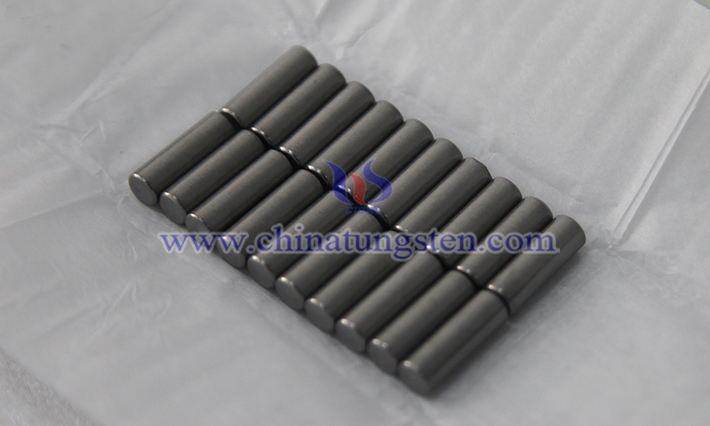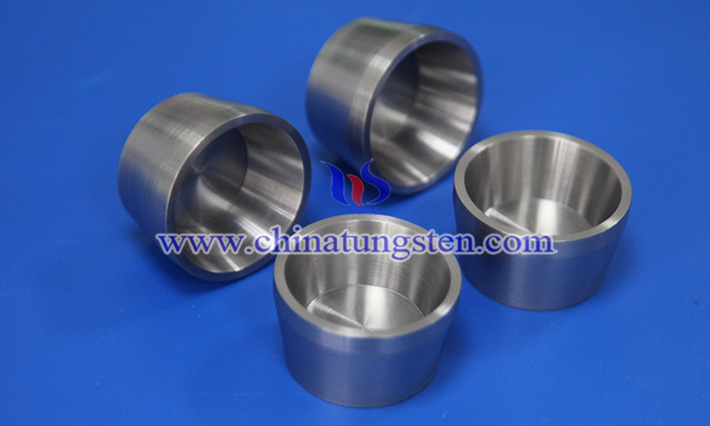Response Characteristics of Barium Tungsten Electrode in High-Frequency Pulse Discharge
- Details
- Category: Tungsten Information
- Published on Monday, 09 June 2025 19:27
- Written by Zhenghua
- Hits: 212

Barium tungsten electrode shows fast response, high emission efficiency and good stability in high-frequency pulse discharge. Its performance depends on low-work-function barium-based materials, optimized porous tungsten matrix and fine preparation process.
Read more: Response Characteristics of Barium Tungsten Electrode in High-Frequency Pulse Discharge
Barium Tungsten Electrode: Empowering Display Technology
- Details
- Category: Tungsten Information
- Published on Monday, 09 June 2025 19:25
- Written by Zhenghua
- Hits: 215

In the wave of rapid development of display technology, barium tungsten electrode, with its unique material properties, is becoming an important force in promoting the innovation of next-generation display technology. With its excellent electron emission performance and stability, barium tungsten electrode has opened up a new path for high-performance display devices, helping to create a more efficient and durable visual experience.
Read more: Barium Tungsten Electrode: Empowering Display Technology
Analysis of High Temperature Resistance of Tungsten Crucible in Vacuum Furnace
- Details
- Category: Tungsten Information
- Published on Monday, 09 June 2025 16:03
- Written by Shuxia
- Hits: 213

to have high heat resistance, evaporation resistance and structural stability. With its unique properties, tungsten crucible plays an irreplaceable role in high-temperature precision processes including aerospace, semiconductors, special alloys, rare earth metallurgy, etc.
Read more: Analysis of High Temperature Resistance of Tungsten Crucible in Vacuum Furnace
Barium Tungsten Electrode: A New Lighting Engine
- Details
- Category: Tungsten Information
- Published on Monday, 09 June 2025 19:22
- Written by Zhenghua
- Hits: 213

In the journey of human beings to pursue light, every breakthrough in materials science is like a beacon, illuminating the road of technological evolution. Barium tungsten electrode, an innovative material that combines the toughness of tungsten with the activity of barium, is reshaping the pattern of modern lighting technology. From urban roads to operating table shadowless lamps, from Hollywood studios to stadiums, barium tungsten electrodes have become the key force to light up the future vision with their unique physical properties.
Coefficient of Thermal Expansion and Design Optimization of Tungsten Crucible
- Details
- Category: Tungsten Information
- Published on Monday, 09 June 2025 15:31
- Written by Shuxia
- Hits: 236

Tungsten crucibles operating in high-temperature environments must have good thermal stability and thermomechanical compatibility, especially when used with other structural materials (such as graphite, ceramic, quartz glass), and its coefficient of thermal expansion (CTE) becomes a key factor in the design and use process.
Read more: Coefficient of Thermal Expansion and Design Optimization of Tungsten Crucible





 sales@chinatungsten.com
sales@chinatungsten.com